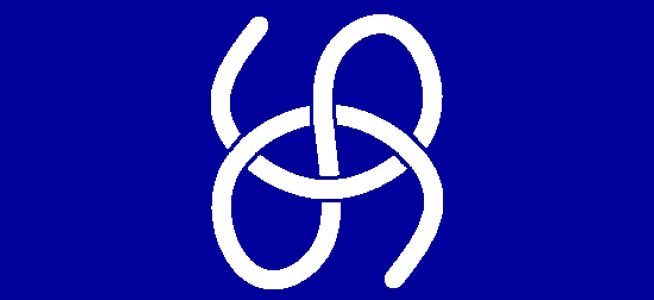
The square-root spiral is attributed to Theodorus, a tutor of Plato. It comprises a sequence of right-angled triangles, placed edge to edge, all having a common point and having hypotenuse lengths equal to the roots of the natural numbers.
The spiral is built from right-angled triangles. At the centre is an isosceles triangle of unit side and hypotenuse . Another triangle, with sides
and
and hypotenuse
is stacked upon the first. This process continues, giving hypotenuse lengths
for all
.
Construction of the Spiral
It is convenient to place the spiral in the complex plane. The -th triagle has sides
,
and
. We denote the vertices as
and
and the angle at the origin by
. A typical component triangle is shown in the figure below. From the figure it is clear that

The total angle of the first components, or sum of the first
angles, is
where tends to a limit
as
. So, for large
the total angle grows like
.
Clearly the growth of the edge lengths is
The vertices are . From this we can easily show that
This is a first order difference equation for . Starting with
, the vertices of the spiral can successively be found.
Archimedean Spiral
The spiral of Theodorus is such that each loop is approximately the same distance from the preceding one. We recall that for the Archimedean spiral
, the distance between consecutive windings is always
. We can approximate the square-root spiral by
. In the figure below, the left panel shows the first 530 vertices
. In the right panel, a spiral of Archimedes is superimposed on these. We see that as
increases, there is ever-closer agreement between the two spirals.

Sources
Davis, Philip J., 2001: Spirals: from Theodorus to Chaos. A K Peters, Wellesley, Mass.
Wikipedia article Spiral of Theodorus.
